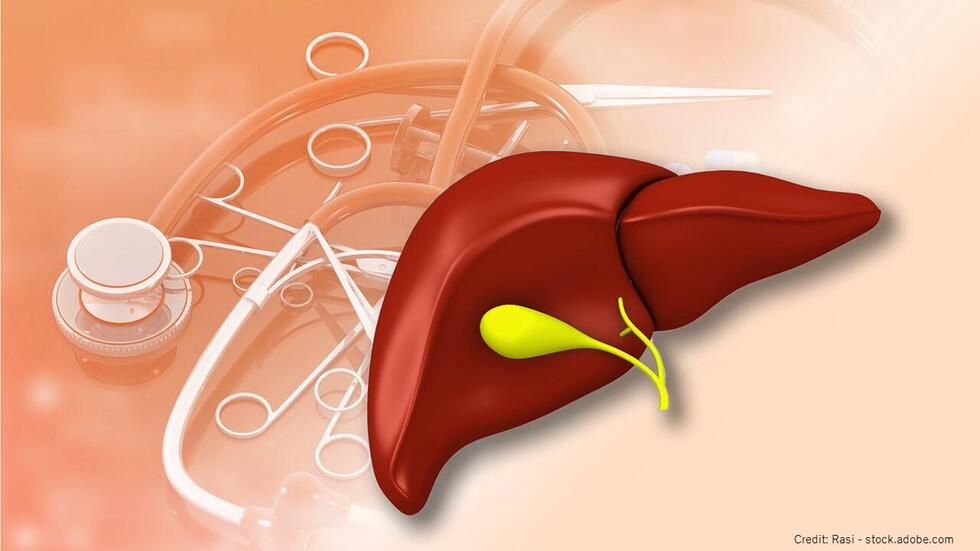
Medicine, Dentistry, and Pharmacy
July 6, 2023
New Study from Nagoya University Demonstrates Association Between Intraoperative Blood Loss and Postoperative Course After Major Hepatobiliary Resection for Perihilar Cholangiocarcinoma
A new study has explored the adverse impact of intraoperative blood loss on postoperative course after major hepatobiliary resection for perihilar cholangiocarcinoma. It described the association of intraoperative blood loss and the postoperative course and proposes how to save patients from the high burden of complications in this demanding hepatectomy.
Perihilar cholangiocarcinoma is an intractable disease with surgical resection as its only cure. However, the complicated nature of this surgery due to the time-consuming tasks and possible bleeding carries a considerable risk in terms of morbidity and mortality. Although previous studies have shown that increased blood loss significantly deteriorates surgical outcome, the volume-dependent relationship between blood loss and morbidity was unclear. The researchers successfully visualized a somewhat sigmoid-shaped association between intraoperative blood loss and postoperative course and set the primary goal of blood loss at approximately 10 ml / kg to minimize the adverse impact on the postoperative course.
This research was conducted by Dr. Shoji Kawakatsu (Assistant Professor, Division of Surgical Oncology, Department of Surgery, Nagoya University Graduate School of Medicine) and Professor Tomoki Ebata (Division of Surgical Oncology, Department of Surgery, Nagoya University Graduate School of Medicine). The paper, "The goal of intraoperative blood loss in major hepatobiliary resection for perihilar cholangiocarcinoma: saving patients from a heavy complication burden," was published in Annals of Surgery at DOI: 10.1097/SLA.0000000000005869
See the following file for details: